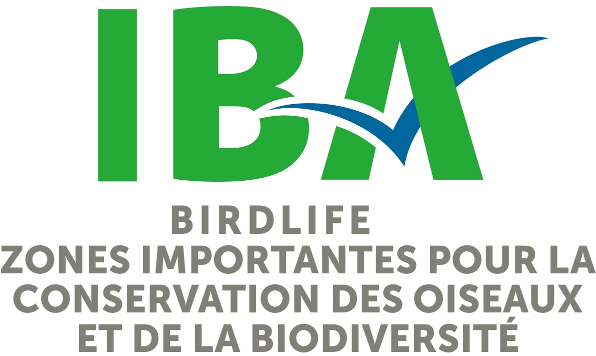Govenlock-Nashlyn-Battle Creek Grasslands (SK039)
Consul, Saskatchewan
Description du site
This site is composed of large expanses of native grassland that are located in the southwestern corner of the province, close to the Montana border. The area extends approximately 35 km north into Saskatchewan. It is huge region of prairie and sagebrush that is very sparsely populated. Most of this region is used for grazing cattle. Some crops are grown in this area, especially in irrigated areas. Several creeks that originate out of the Cypress Hills to the north flow through this area and provide habitat for riparian birds. Associated with the creeks are rugged valleys that provide steep cliffs and cutbanks used by cliff-nesting birds. Numerous dams have been placed on these creeks that form water impoundments for livestock watering. There are also a few larger reservoirs that are used for water storage, such as those on Middle Creek and Lodge Creek. This area is also important for several hundred fawning and wintering Pronghorn Antelope.
Oiseaux
The short-grass prairie and sagebrush habitats at this site support several significant bird species and are particularly notable for containing about one-third of the Canadian Sage Grouse population (a nationally endangered species). A total of 233 Sage Grouse has been observed here within many different leks (grounds where competing territorial males gather). Large numbers of the nationally vulnerable Ferruginous Hawk breed here also; of the 56 known nest sites about half are used each year (over 1 % of the estimated Canadian population). The breeding densities of both the Sage Grouse and Ferruginous Hawk are among the highest in the Saskatchewan. Two other significant raptors also use the steep cliffs and flats. From 1990 to 1997, an average of 18 pairs of Prairie Falcons nested along the eroded cliffs of Battle, Woodpile, Lodge and Middle creeks; although it is not known how many of these nests are within the boundaries of this site, it is likely that at least half are, making this a nationally significant number of pairs. Golden Eagle, Rock Wren and Violet Green Swallows are also found in this habitat. On the flats, up to 15 pairs of nesting Burrowing Owls have been recorded (at least 1.5 % of the estimated Canadian population of this nationally endangered species. Govenlock also provides good quality habitat for wintering raptors high concentrations of Rough-legged Hawks, Golden Eagles and Short-eared Owls are known to use the site.
Other rare and restricted grassland birds are also well represented. The rarest songbird is the Sage Thrasher, a species that is only known from a few locations in Canada. This nationally endangered species has been seen on more than one occasion here, suggesting that breeding may occur. Two grassland species, the Long-billed Curlew (nationally vulnerable) and Spragues Pipit (nationally threatened) are both common in the breeding season, although exact numbers of breeding birds are unknown. Other species of interest include Bairds Sparrow, Brewers Sparrow, Chestnut-collared Longspur, McCowns Longspur, and Bullocks Oriole (one of the few locations where Bullocks Oriole nests in Saskatchewan).
Enjeux de conservation
This rather arid region often has low spring runoff levels due to chinook activity over the winter (warm dry winds blowing from the mountains to the west). In addition, this area often receives little rainfall during the summer, therefore drought can be a problem. Many creeks in the area are dammed, for irrigation purposes and watering of livestock, which often leads to reduced water flow in creeks.
Since this region is used mainly for cattle grazing, overgrazing is a serious concern, but the pastures that are managed by the PFRA (Prairie Farm Rehabilitation Administration) are unlikely to be converted to agriculture or to be developed.
Catégories ZICO Habitats Usages Menaces Potencielles ou Existantes Status de Protection

